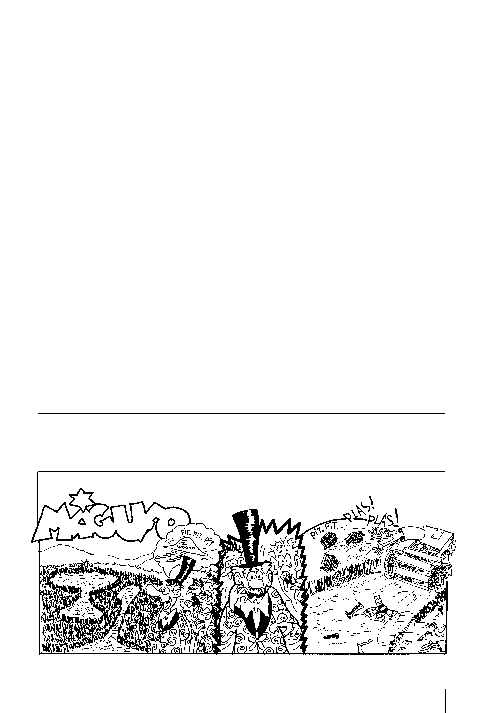
fico. Actualmente, a pesar de las afirmaciones de
Richfield, la panspermia débil posee argumentos con-
sistentes a favor de su plausibilidad. En el futuro, di-
versas misiones espaciales añadirán argumentos a favor
o en contra de la hipótesis. No se puede esperar que se
demuestre dicha verosimilitud por medio de discusiones
teóricas y símiles más o menos afortunados, sino por
medio de una experimentación rigurosa como la que se
está efectuando. Tal vez nunca se llegue a demostrar o
rebatir la hipótesis de la panspermia, pero sin lugar a
dudas el camino recorrido será fascinante.
é
REFERENCIAS
1. Richfield, J., “Plausibilidad, trascendencia y la
epidemia panspérmica”, El Escéptico, Otoño/In-
vierno 2000, pp. 16–22
2. Arrhenius,
S.,
Die Umschau 7, 481 (1903)
3. Raulin-Cerceau, F., M. C. Maurel & J. Schneider,
“From panspermia to bioastronomy, the evolution of
the hypothesis of universal life”, Origins of Life and
Evolution of the Biosphere 28, 597–612 (1998)
4. Horneck, G. y C. Baumstark-Khan, (Eds.), Astro-
biology, Springer-Verlag (2001)
5. Stetter, K. O., “Hypertermophilic microorganisms”,
en Astrobiology (G. Horneck y C. Baumstark-Khan,
Eds.), pp. 169–184, Springer-Verlag (2001)
6. Horneck, G. y colaboradores, “Bacterial spores sur-
vived simulated meteorite impact”, Icarus 149,
285–290 (2001)
7. Gladman, B., “Destination Earth: Martian meteori-
te delivery”, Icarus 130, 228–246 (1997)
8. Gladman, B. y colaboradores, “The exchange of im-
pact ejecta between terrestrial planets”, Science
271, 1387–1392 (1996)
9. Melosh, J., “Ejection of rock fragments from pla-
netary bodies”, Geology 13, 144–148 (1985)
10. Mileikowsky, C. y colaboradores, “Natural transfer
of viable microbes in space. 1- From Mars to the
Earth and Earth to Mars”, Icarus 145, 391–427
(2000)
11. Hoyle, F. y C. Wickramasinghe, Astronomical Origins
of Life, Kluwer Academic Publishers (2000)
12. Hoyle, F., El universo inteligente, Editorial Blume
(1985)
13. Mojzsis, S. J. y colaboradores, “Evidence for life on
Earth before 3800 million years ago”, Nature 384,
55–59 (1996)
14. Moorbath, S., “Geological and geochronological
constraints for the age of the oldest putative bio-
markers in the early archean rocks of west Green-
land”, en First steps in the origin of life in the Uni-
verse, (J. Chela-Flores, T. Owen & F. Raulin, Eds.),
pp. 217–222, Kluwer (2001)
15. Lazcano, A. y S. Miller, “How long did it take for life
to begin and evolve to cyanobacteria?”, Journal of
Molecular Evolution 39, 549–554 (1994)
16. Kasting, J. F., “Earth’s early atmosphere”, Science
259, 920–926 (1993)
otoño 2002
el esc
é
ptico
57
MAGUFO, EL MAGO
Pedro Mirabet
